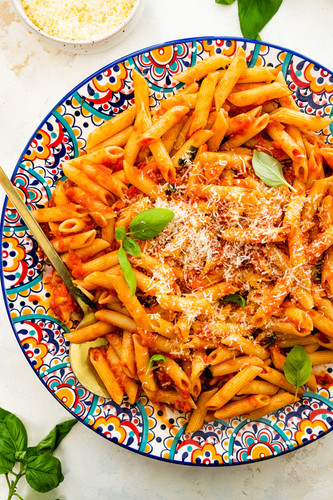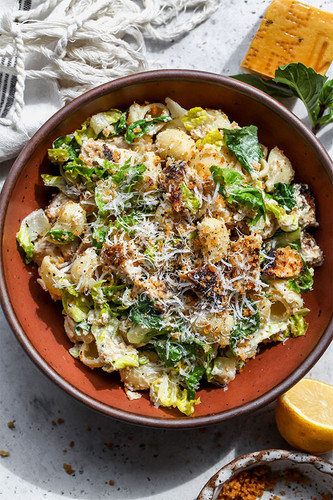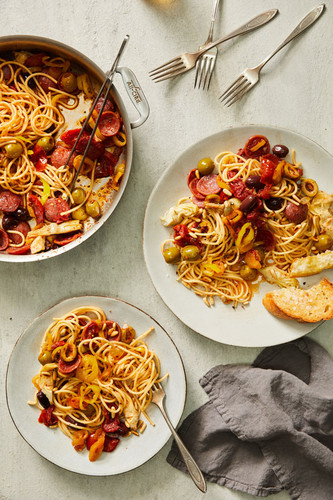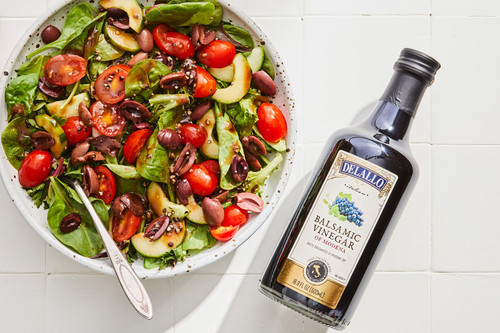Roasted Artichokes and Beans over Whipped Pesto Ricotta
Looking for a dish that’s equal parts cozy and crave-worthy? Say hello to Roasted Artichokes and Beans over Whipped Pesto Ricotta from @healthyishfoods. Tender, caramelized artichoke hearts and
Read More »antipasti and appetizers













